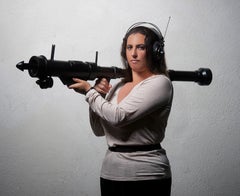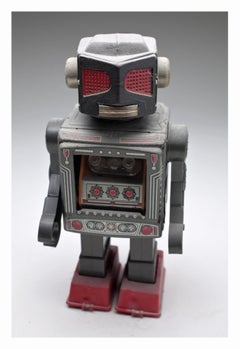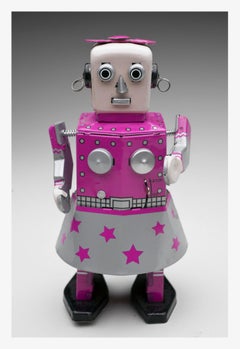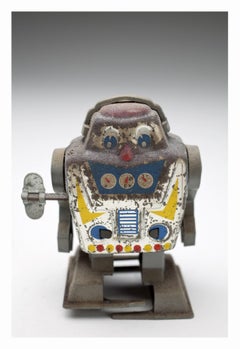Street Art Photography
Street art is a style created for city walls, subway trains and other public spaces. Sometimes it is commissioned, yet most often it is an individual statement of defiant free expression. Although mostly an urban style, street art can be found all over the world, including JR’s pasted portraits on the separation wall in Palestine, Invader’s playful ceramic tile mosaics in Paris and the provocative stencil and spray-paint works by Banksy in London.
The Philadelphia-based Cornbread — aka Darryl McCray — is considered the first modern graffiti artist. He began tagging his name around the city in the 1960s. Graffiti art later flourished in New York City in the 1970s. There, young artists used spray paint and markers to create tags and large-scale graphic works, with Jean-Michel Basquiat and Keith Haring both developing their distinctive styles through the graffiti scene, which would evolve into street art. Artists such as Tracy 168 and Lady Pink pioneered the Wild Style of complex graffiti writing in the 1980s, pushing the movement forward.
Because of its unsanctioned, improvisational and frequently covert nature, street art involves a range of techniques and aesthetics. Some street artists use quick and effective stenciling, whereas others wheat-paste posters, commandeer video projectors or freehand draw elaborate illustrations and murals. Shepard Fairey made his mark with street art stickers before designing the iconic “Hope” poster for Barack Obama’s 2008 presidential campaign.
While the origins of street art are rooted in a strictly noncommercial creative act that confronted political issues, sexuality and more for a general audience of passersby, the art form has moved inside the galleries over the years. Today, just as Basquiat and Haring took their works from Manhattan’s Lower East Side alleyways into Soho galleries, artists including KAWS, Barry McGee and Osgemeos are in demand with collectors of fine art.
Find a collection of street art paintings, sculptures, prints and multiples and more on 1stDibs.
21st Century and Contemporary Street Art Photography
Archival Paper
2010s Street Art Photography
C Print
2010s Street Art Photography
C Print
2010s Street Art Photography
C Print
2010s Street Art Photography
C Print
2010s Street Art Photography
C Print
2010s Street Art Photography
C Print
Early 2000s Street Art Photography
Archival Pigment
1970s Street Art Photography
Inkjet
1980s Street Art Photography
Inkjet
1970s Street Art Photography
Inkjet
Early 2000s Street Art Photography
Archival Pigment
Early 2000s Street Art Photography
Archival Pigment
Early 2000s Street Art Photography
Archival Pigment
2010s Street Art Photography
Lambda
2010s Street Art Photography
Photographic Paper
2010s Street Art Photography
Archival Paper, Archival Pigment





